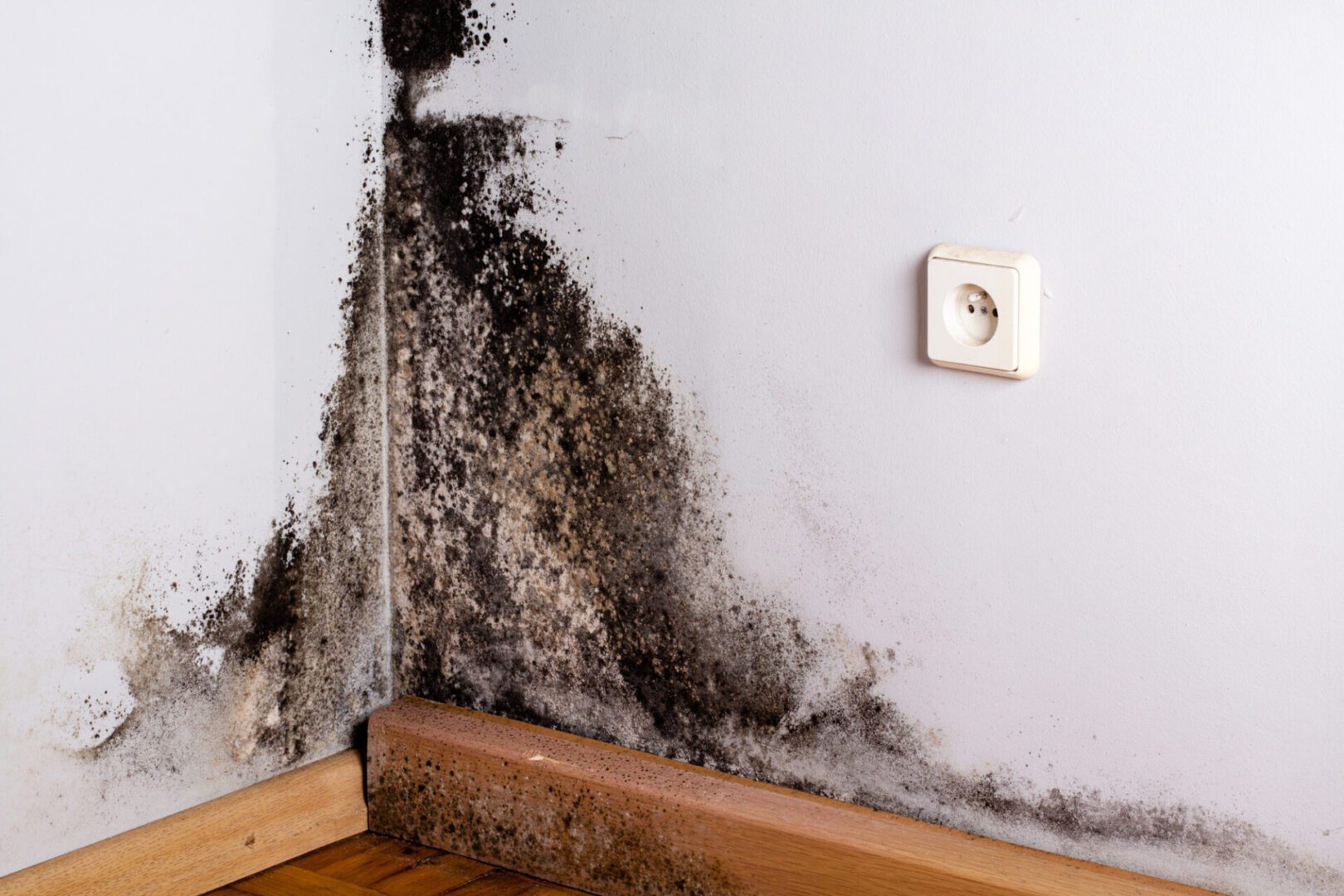
Mold in Homes: Understanding, Diagnosis, and Natural Solutions
- WELLNESS
- August 5, 2023
A happy and stable home is everyone’s dream, but sometimes mold can turn that dream into a nightmare. Mold, a microcosmic organism that thrives on organic matter, is present everywhere, and we unknowingly breathe it in daily. While mold is a naturally occurring part of our environment, certain types of mold can be toxic and have adverse effects on our health, impacting the air quality of our homes. Let’s explore what mold is, its symptoms, ways of diagnosis, and how we can combat it using tips from ancient sciences and natural remedies.
What is Mold?
Mold is a microorganism that can be found growing on various surfaces, especially those with high cellulose content and moisture. While mold is a natural part of our environment, toxic mold, also known as toxigenic mold, can be harmful to our health and the quality of our homes. This silent killer can impact our respiratory system and cause various health issues.
Types of Mold:
There are numerous types of mold, with one of the most common being Stachybotrys chartarum, also known as “black mold.” It is essential to identify the type of mold present to understand its potential impact on health and take appropriate measures for removal.
Mold Symptoms:
Mold exposure can lead to various symptoms, such as allergies, headaches, brain fog, sneezing, eye irritation, and cold or flu-like symptoms. Individuals with weakened immune systems, allergies, and certain health conditions are more vulnerable to mold-related health issues.
Different Ways of Diagnosis:
If you suspect mold exposure, it’s essential to seek professional help for accurate diagnosis. A pulmonologist, specializing in respiratory health, can be consulted to identify mold-related health concerns. Additionally, allergy tests and monitoring symptoms when at home can help pinpoint potential mold-related issues.
Where Mold Can Grow at Home:
Mold thrives in damp and humid environments, making certain areas in our homes more susceptible to mold growth. Common places where mold can grow include high cellulose content surfaces, inside the walls, AC ducts, around the water heater, attic, basement, and even under paint.
How to Diagnose Mold Yourself at Home:
While professional testing is ideal, there are signs you can look for to determine potential mold growth at home. These include a musty smell, visible mold presence, peeling paint, and leaking pipes. If multiple family members experience mold-related symptoms, it’s essential to address the issue promptly.
Tips from Ancient Sciences:
Ancient sciences like Feng Shui and Ayurveda offer insights into dealing with mold. Feng Shui emphasizes proper ventilation to improve the flow of positive energy (chi) and recommends fixing moisture sources promptly. Ayurveda suggests dietary adjustments and the use of herbs like Kanakasava and Sitopaladi churnam to support lung health and counter the effects of mold.
Natural Remedies Tips:
Preventing and combating mold can also be achieved through natural remedies. A low mold-diet, candida diet, and low-amylose diet are effective in reducing mold exposure. Essential oil diffusers with tea tree oil and ingredients like vinegar, baking soda, citrus juice, or essential oils can be used for cleaning and maintaining low humidity levels.
Conclusion:
Understanding mold, its symptoms, and its impact on our health is crucial in creating a safe and healthy home environment. Combining modern diagnostics with insights from ancient sciences and natural remedies can help us prevent and manage mold issues effectively. By taking proactive steps and seeking professional help, we can ensure our homes remain a sanctuary of happiness and well-being for our loved ones.





